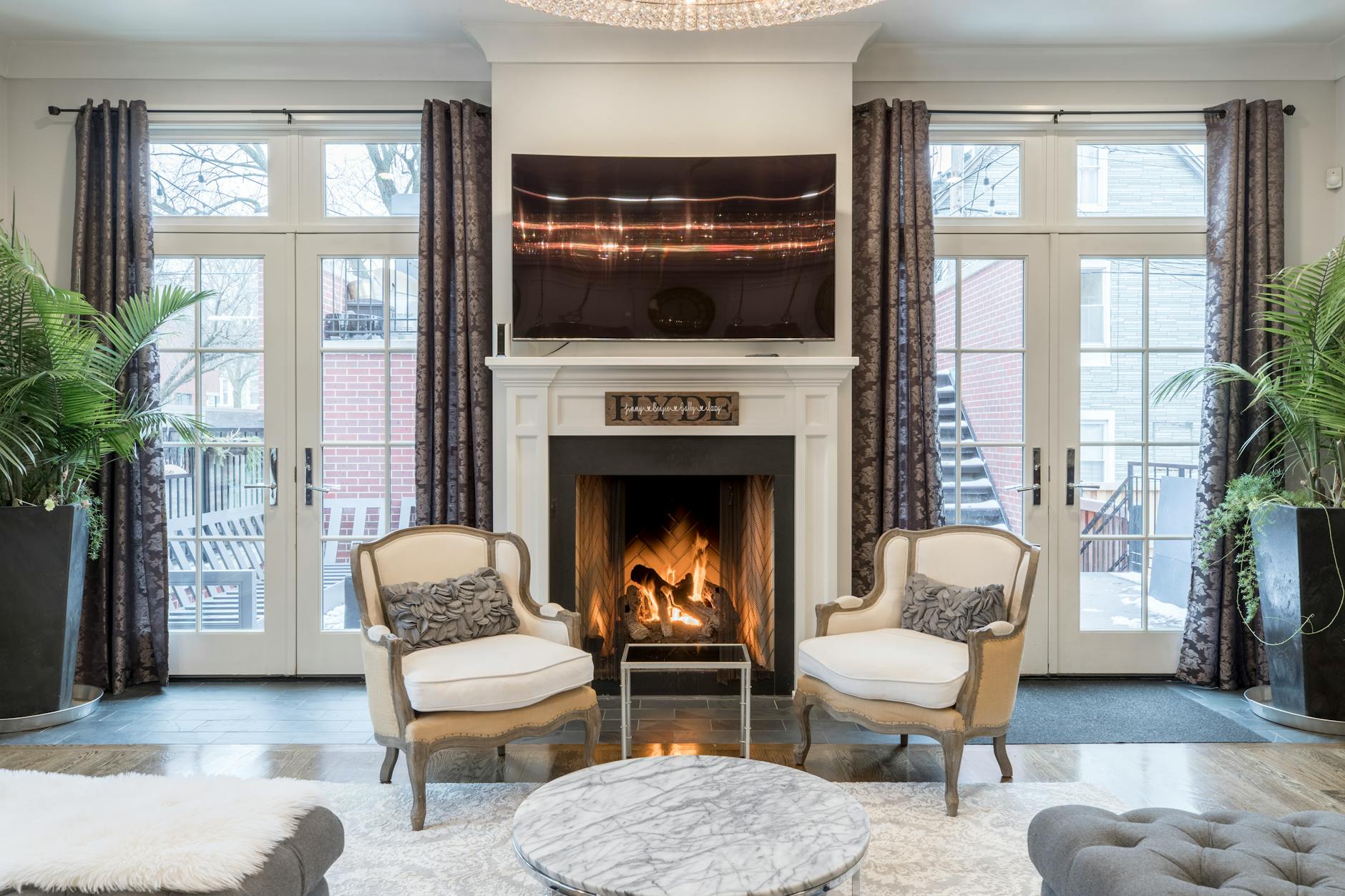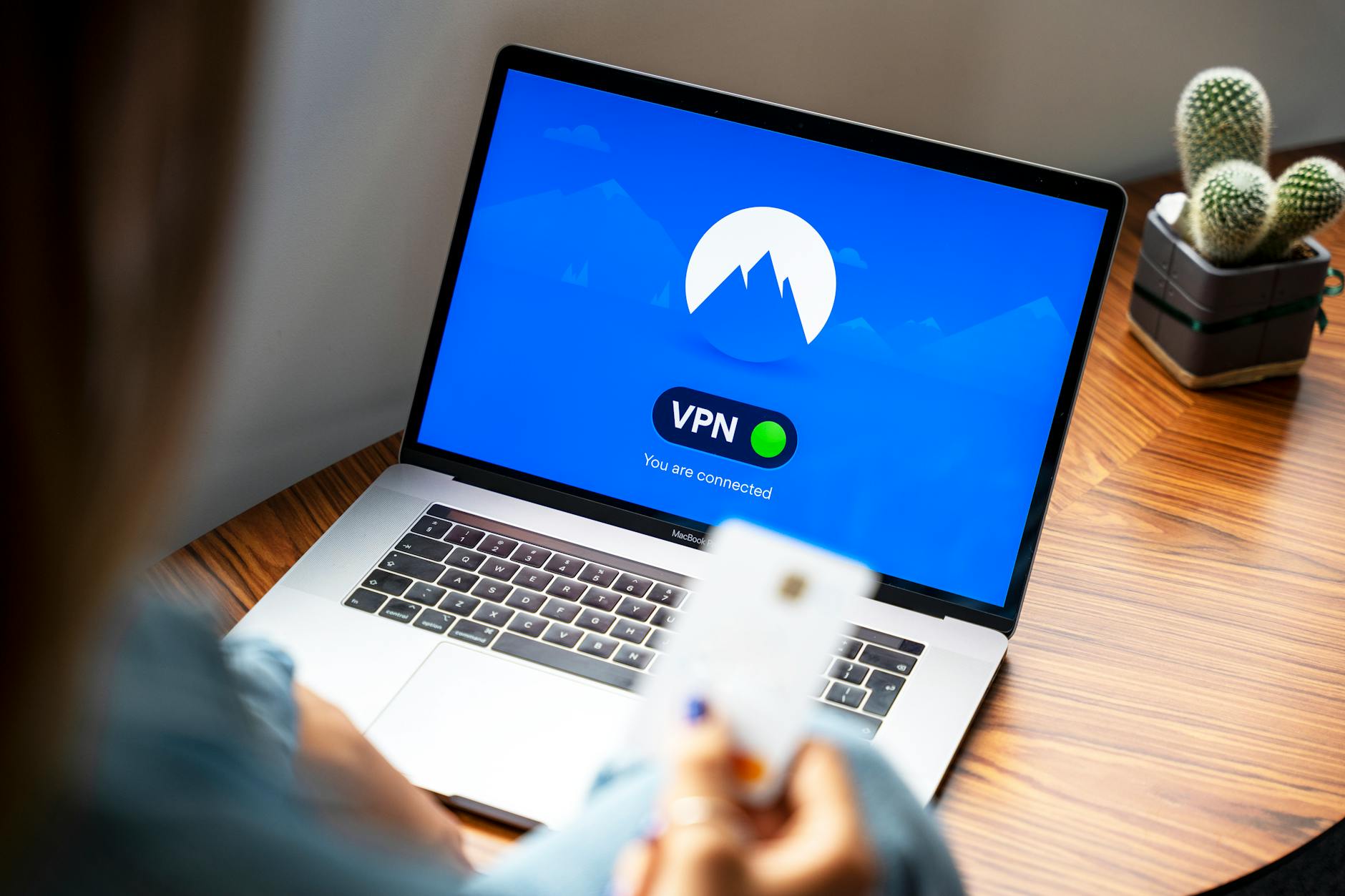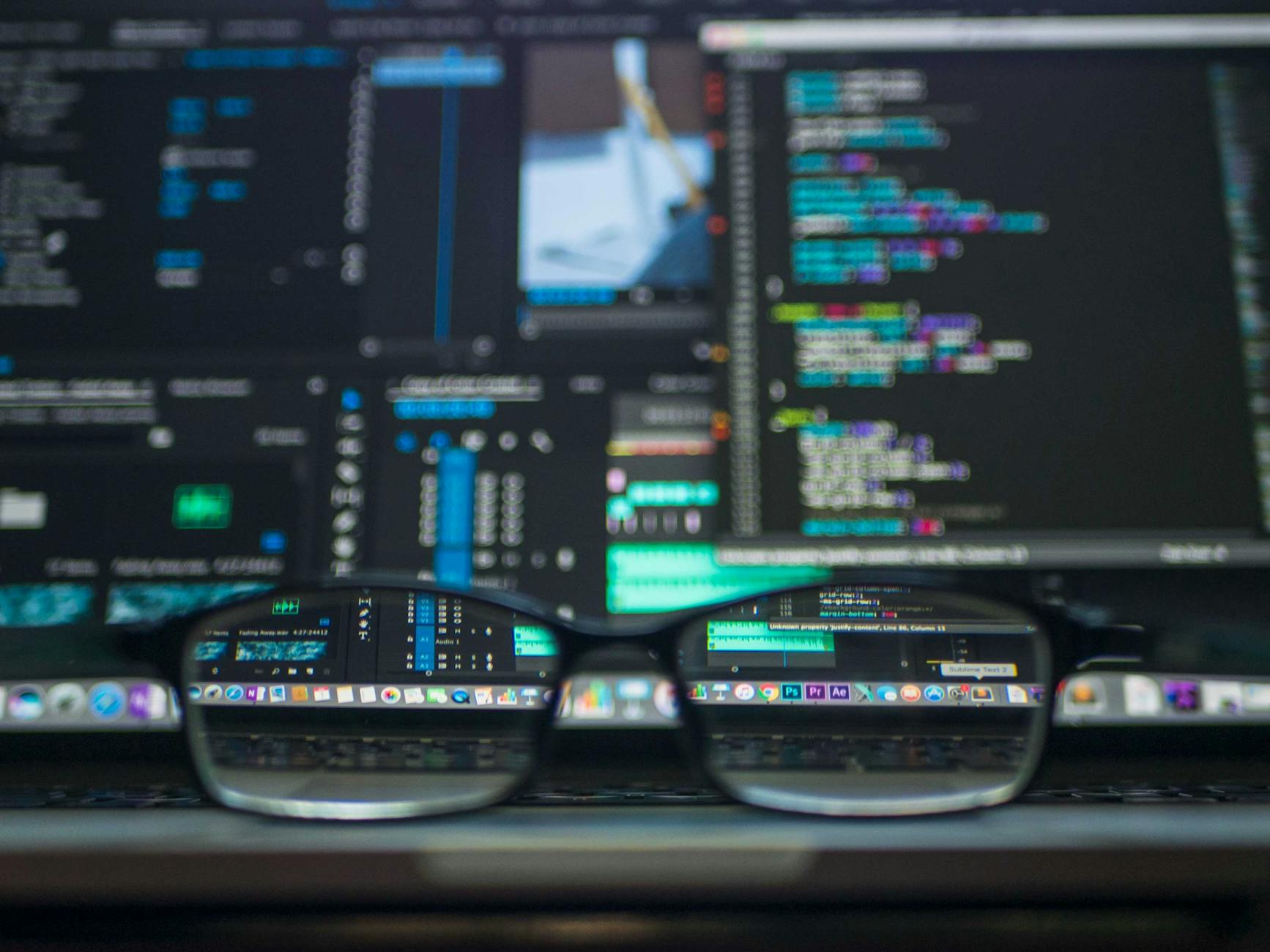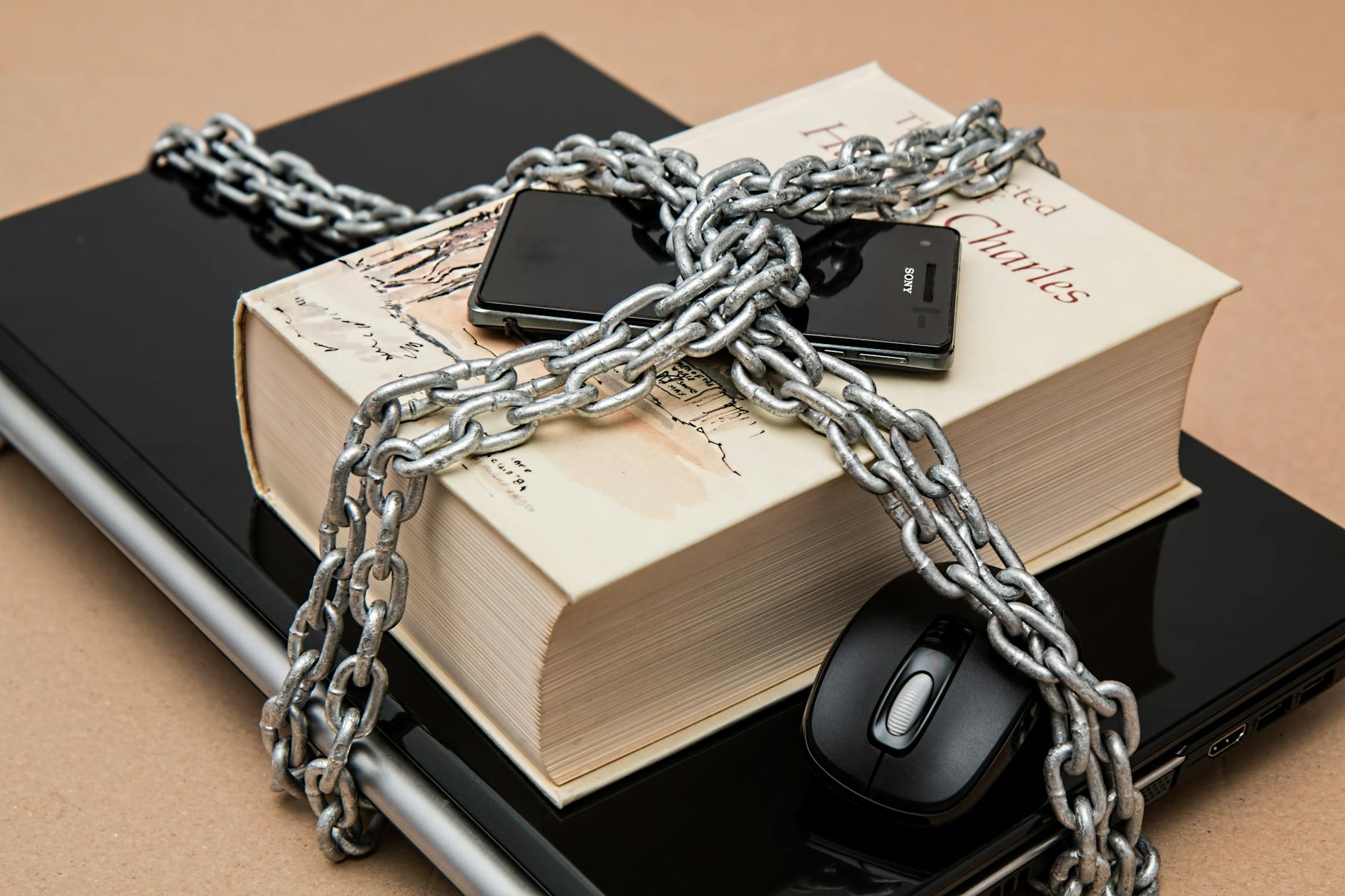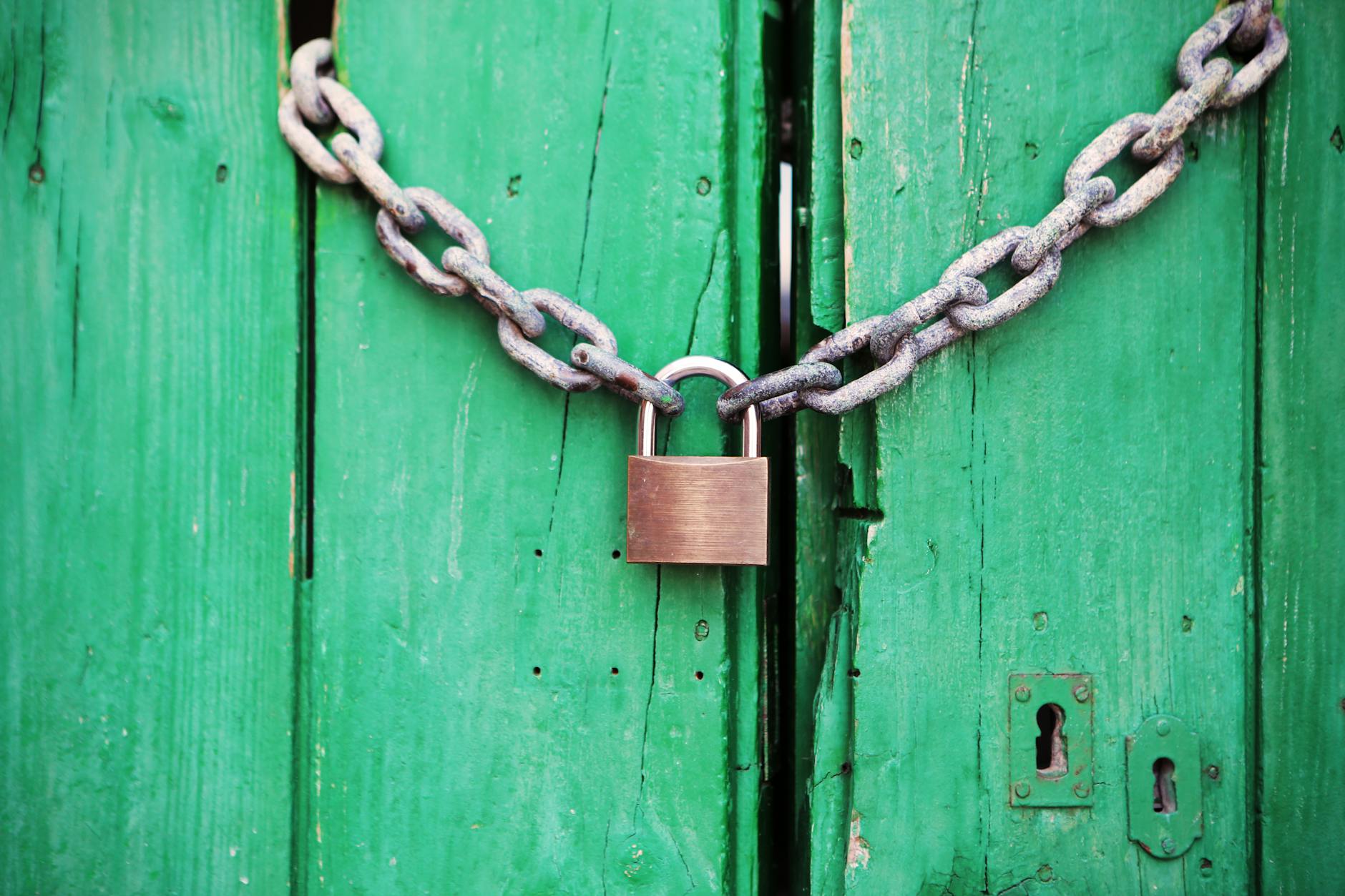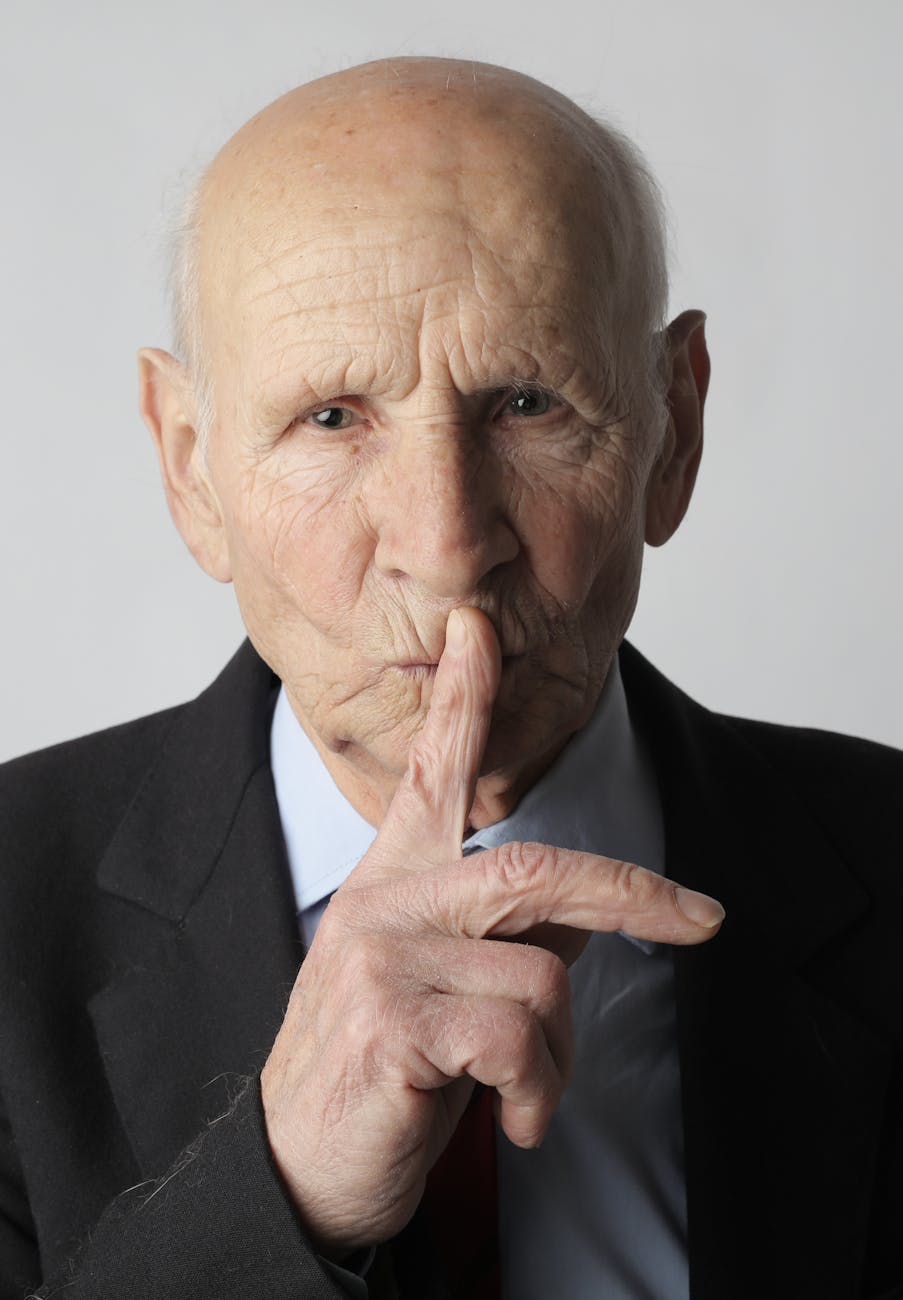Well time once again to update how to process photos and videos. Life is a little more complicated when the inputs are:
- iPhone X. For most daily shots and really it is the easiest way to shoot panoramas and they come out pretty good looking at least for casual sharing.
- Sony A7R Mark III. This is a whale of a camera. Yes, the market for “systems cameras” is really collapsing, but for the very high end, having this 41MP monster, but the really amazing thing is that with the Sony 50mm f/1.4 and the Leica 25mm f/2 on a Gitzo carbon fiber tripod, they are really the best cameras for night shots given their speed and when you have a landscape that just soaks up the pixels. They are perfect for 13″x19″ large format photos. And also they work really well for difficult HDR shots since that camera has a 14EV dynamic range and when you shoot bracketed at plus/minus 3EV, you are getting 20EV of effective dynamic range. Far more than we humans can ever see. The big drawback is the 15 pounds of gear required.
- Sony RX100 Mark VI. Ok, so I broke the viewfinder somehow, but when hiking around, the 35-200mm f/2.8-f/5.6 Lense is really pretty remarkable. It’s the in between camera that works well on hikes.
Then there are the outputs or where the imaging need to end up, I’m down to really just 2 ½ and ¼ sets of outputs:
- Archival. I’m realizing how valuable it is to have truly digital output with both GPS and time. I wish I had these for my dad’s old shots, so that means retaining the raw images and then having a for use output that is still in file storage. These go mainly onto servers, my at Synology NAS home server and then both Google Drive for backup. I still need to reimplement the follow-on to Crashplan, but Google Drive seems to work Ok for snapshots.
- Apple Photos. Since probably 90% of the folks that I interact with have iPhones, this has become the way to really share. So that means making sure that shared albums work and that is how most exchanges work today. Although shared albums are limited to 4MP, this is still very OK for the most common use, seeing photos on your phone.
- Google Photos. It is a pain, but for those times when someone has an Android phone, I will port the photos over to a Google shared album. I don’t put more there for privacy reasons.
- Prints. This is extremely rare, but I do have a rotating set of A3+ images that go around the house. I normally print once every 2-3 years, but still it is nice to have all the resolution.
So how to handle all these different inputs, well the main goals are:
- Staying away from too much Adobe. They are a great company, but they charge a lot and actually I don’t find Lightroom’s defaults all the that great and I’m not a Photoshop every photo to “Martian red” kind of person.
- Staying open source. If there is something that works pretty well, why not support the open source world.
- Helping small developers. Adobe swallows most folks up pretty quickly, but if I can, I try to help the small guys out.
Finally, here is the workflow for how I process photos, the main thing is the homogenize everything into a single file storage system since they are coming from so many different places.
- From Sony A7R as RAW. It is really slow to copy these gigantic 80MB images, but they are the highest resolution. I give these a custom name _DRA (for A7) so that I can distinguish them from my other Sony. I dump these in a simple directory structure
/Pictures/jpg/2019/2019-04/2019-04-01is the example. it seems a little redundant but I find that I sometimes will accidentally drag and drop into completely the wrong place, so I need to ensure I can put them back. I shoot in RAW mainly because I don’t shoot too much with this camera, so when I do, I almost never need a casual JPG shot. Also, while the in-camera JPEG is decent, it still doesn’t beat a fully processed JPG. - If I can remember, these photos should have the correct time and geo tag information. This is do by having Sony Image Memories on my phone and then I have to remember to toggle the Bluetooth to make sure that the camera is picking up the location. This happens about 50% of the time, but it’s a start. Also, the time might be wrong as well, we will go through that in a second.
- From the Sony RX100, I do the same dump and I normally only shoot in RAW as well because again these are not casual shots, my instant sharing, I do with my iPhone.
- Finally, look at all the photos on my Mac. This is because they are using the HEIC format and my current tools (like Dxo and Geotag) don’t know how to deal with them. So this is where I delete the bad photos and so forth. I then export my iPhone shots from my Mac because I’m using the full iCloud Photo Sharing. I normally export as unmodified originals, so I get the HEIC and the MOV files, but mainly of my tools don’t know HEIC yet, so for doing the tagging and date checks, if I have Sony images, I also export as JPEG because the software can read the tags there easily when I ensure that the Sony’s have the correct tags. One note is that when doing a shoot, I try to remember to take at least one iPhone photo to ensure that later I have the correct location and date.
- For photos that are panoramas, I will also crop them as they can get jaggy edges up and down if I’m not perfectly stable.
- For quick sharing, I just use the iPhone photos and create a shared album and start sharing, this takes care of 80% of my use case which is sharing right then and there. I’ve found that it is better to get a few photos out the same day than to wait months for better photos later.
Now on to the processing of photos at this point I have a mess of unprocessed Sony photos along with processed iPhone photos.
- I use DxO instead of Lightroom. While Lightroom is good, I like the presets on Dxo better. The colors seem less blown out. So I import this new directory. I try to do this every few days while on a longer trip so things don’t get out of control.
- To get uniform color management, I then select all the photos with Option-A and then choose DxO Lighting as Uniform and then Highlight Priority as Slight. Then I unselect them, this sets these to a uniform set of defaults later on. I also uncheck in the Distortion correction, the click for maintain aspect ratio. This is because it will crop out some pixels and the whole point is to keep them all.
- I then go through and make my edits and cropping. If I see faces that are dark I use the Dxo lighting option for Spot and select faces if needed. I do *not* do the final processing to jpeg though because with Dxo you can’t find time stamp and location issues.
- If some of these photos need HDR treatment, I use Photomatix. This tool has the advantage that it reads directly from RAW and produces TIFF and JPEGs.
- If some images are going to be gigantic panoramas. That is particularly amazing landscapes, I use PTGui. I switch from Hugin because it seems to find more control points. It is a pretty quirky program though and not super well supported. One problem with it is that it doesn’t support a final cropping of images. Also Hugin does not understand raw format so I was having to create massive TIFFs, but that isn’t necessary. Also, the basic lens on the Sony A7 is so good that I don’t need to process them with Dxo before feeding them to Photomatix or PTGUI.
Now I have a set of images that are processed, but before I complete the ingestion, I have to make sure that the date and location stamps are correct. Because the Sony’s do like bluetooth for location, I can get most of them, but they don’t use their phone connection to correct the time so I often forget to change the timezones properly.
- Geotag is a freeware tool that does most everything. I drag and drop and entire days worth of photos in. This is why I need the JPEG of the iPhone images because it doesn’t grok HEIC, but it does understand the Sony ARW format.
- I then sort all the images by date, so I can see a Swiss cheese mix of the Sony’s and iPhone photos. I can then easily copy and paste missing locations. It takes awhile, but it is worth it to have all that data.
- Finally, I look at the date stamps themselves to make sure they make sense, Geotag isn’t the best tool for it, but it does let you change individual photos as needed. And I don’t usually have too many date errors.
At this point, all the photos and dates and are ready to be turned into JPEGs from RAW:
- I use DxO to create JPEGS. I don’t care that much about disk, so I normally set the compression quality at 96 and this results in 10-12MB JPEGs for the A7.
- Once all this chugging is done, I’m ready to move the RAWs into archive. And do a general cleanup. So first, I remove all the JPEGs that were images of the HEIC as I’m using HEIC as the standard format now. It uses MPEG-4 compression so the images are 30% smaller.
- I copy the RAW and TIFF and the Dxo side car files called DOPs into a directory structure
/Pictures/raw/2019/2019-04/2019-04-01so it is a mirror of the Jpeg structure. - I will then import all the _Dxo.jpg files into iPhoto and this will start their upload into my stream. If I had previously created an album, I can then look at the Import tab and share these to folks. That means most people get an initial dump of iPhone pictures and then later the higher resolution ones. This seems like a nice way to get people are double hit. During the trip and right after.
- Finally, I take the very best photos that I really like and create a
/Pictures/Albums/2019for each year, I have a greatest hits of images. And for really big adventures, I create/Pictures/Albums/2019/2019-04 Yosemite Tripfile structure so I’m not dependent on iCloud Photo Sharing for everything. - And if I have some Android friends, I create a Google Shared album and import the stuff in the albums.
Finally, I archive like crazy, the current is that I have a primary NAS, then a real time backup to another onsite one, then incremental backups to a Google Drive and soon a complete historical backup to Backblaze.
- Since these are standard files, not only do I get backups with Apple for the low resolution stuff, but I copy these off to my Synology NAS. And then from there, I use GoodSync on an old Mac to copy these to a Drobo. I use different technologies because I don’t want a single system bug to the down all the copies.
- From there the Synology has a backup system and I connect it to GSuite’s Drive. I pay the $10/month for unlimited storage and this is a good way to keep it happening.
- I haven’t gotten to it yet, but the last step is to install Backblaze so the even if something bit rots (and I do have bit rot), I have an image of every file I’ve every created with that. I used to use Crashplan, but they exited. Not that this is different from the Google Drive backup as that doesn’t keep a history.
The net is that with this process, I get all four of my outputs and by using DxO as the core Lightroom plus light Photoshop tool, it all ends up in one place.
